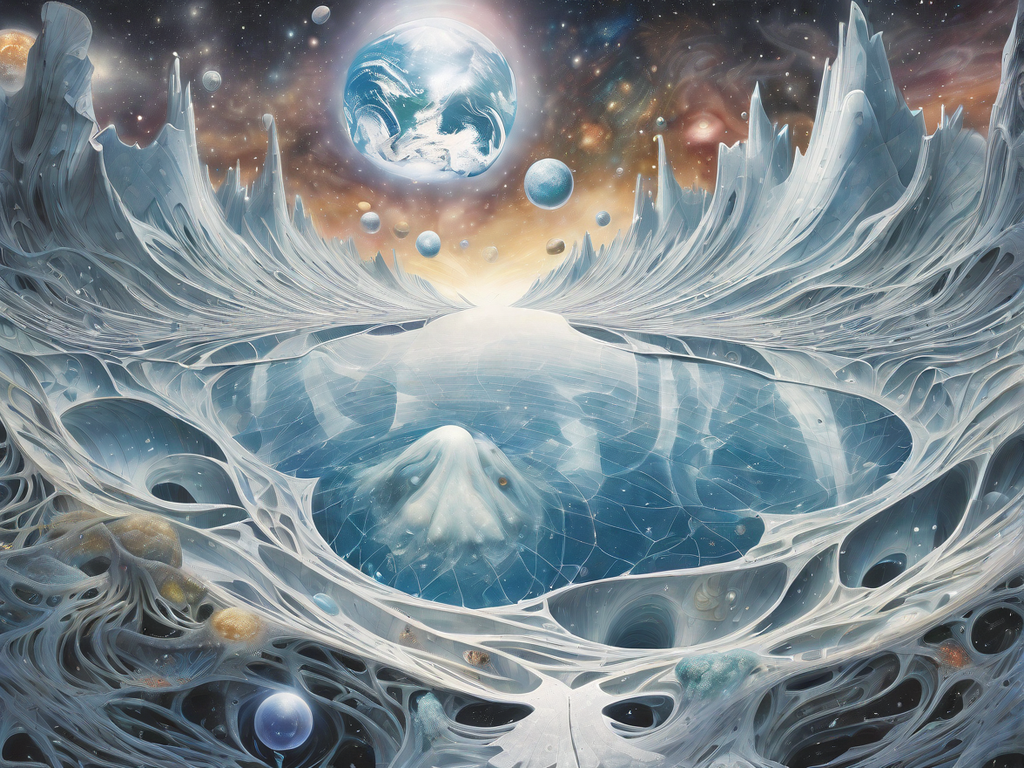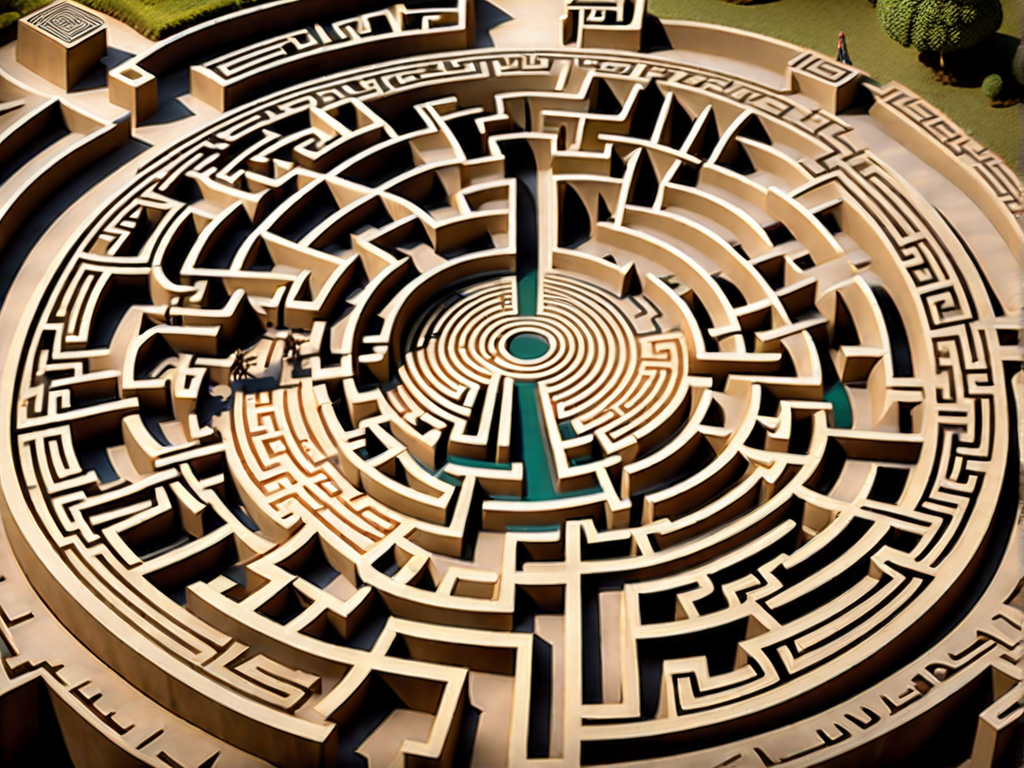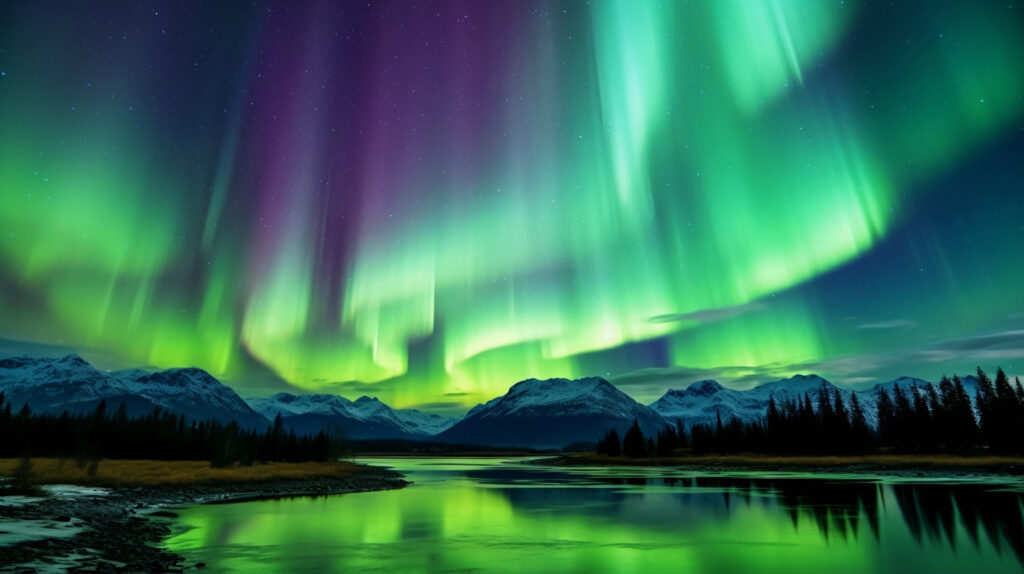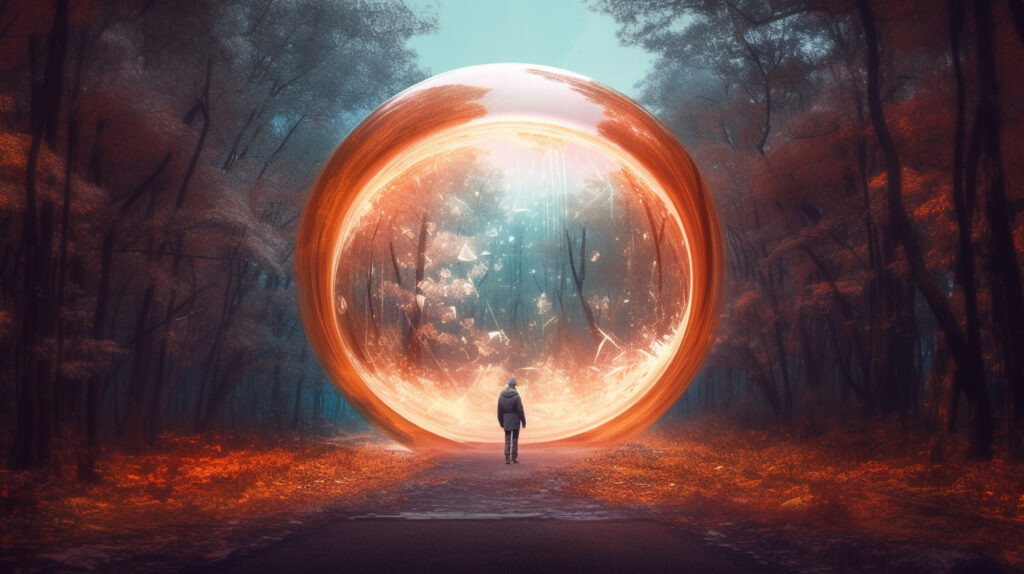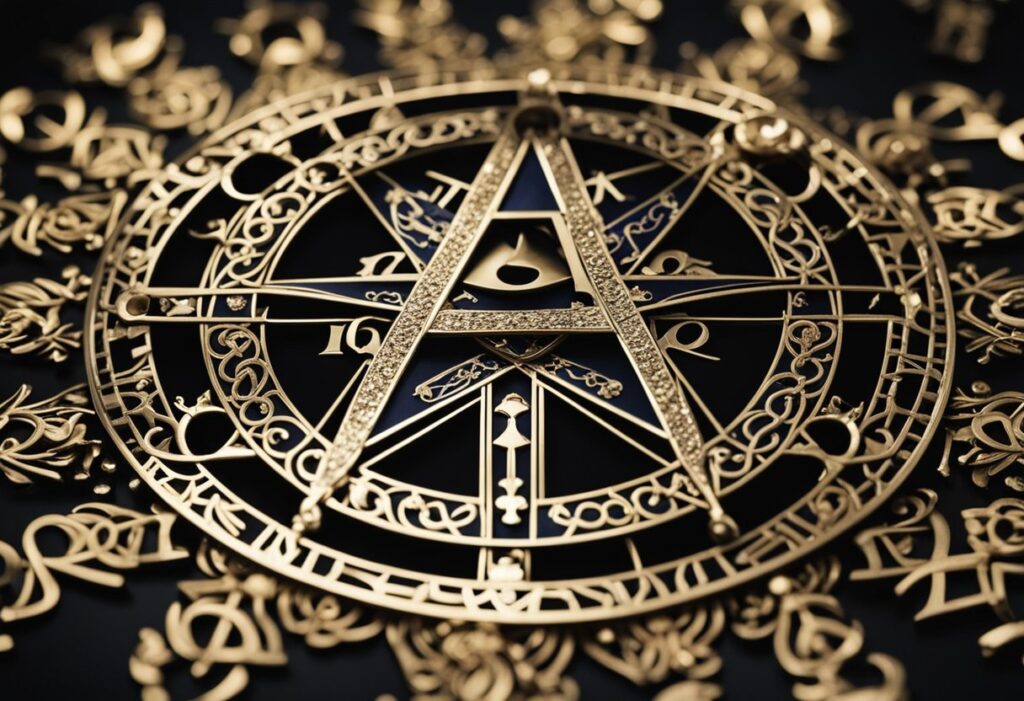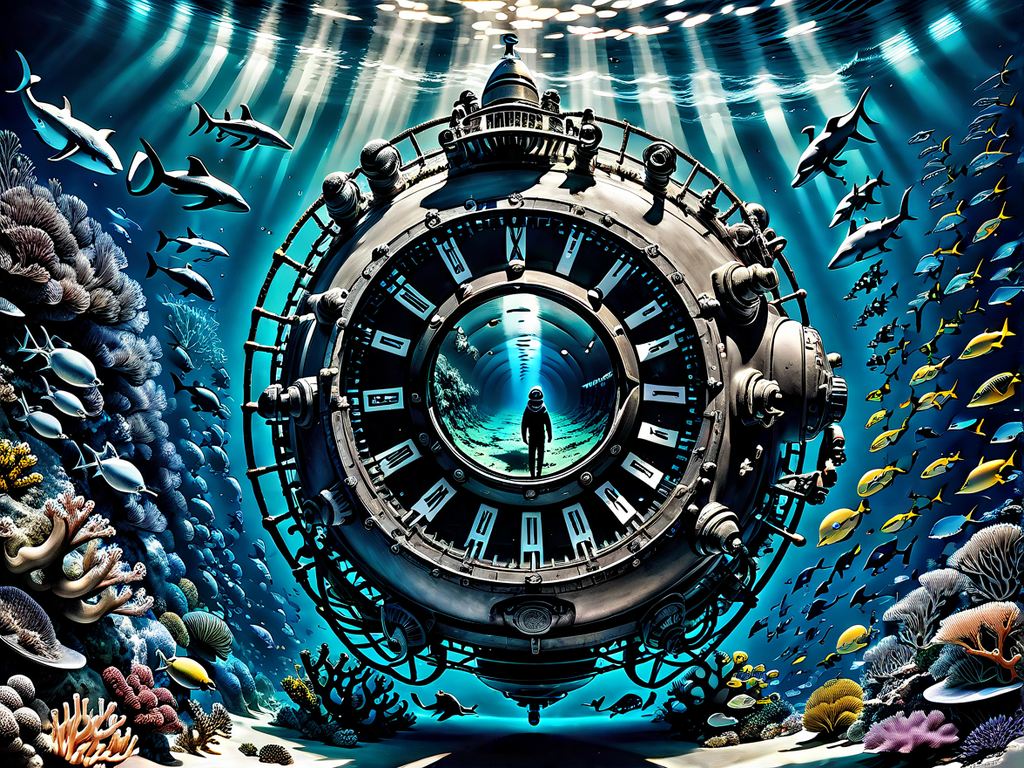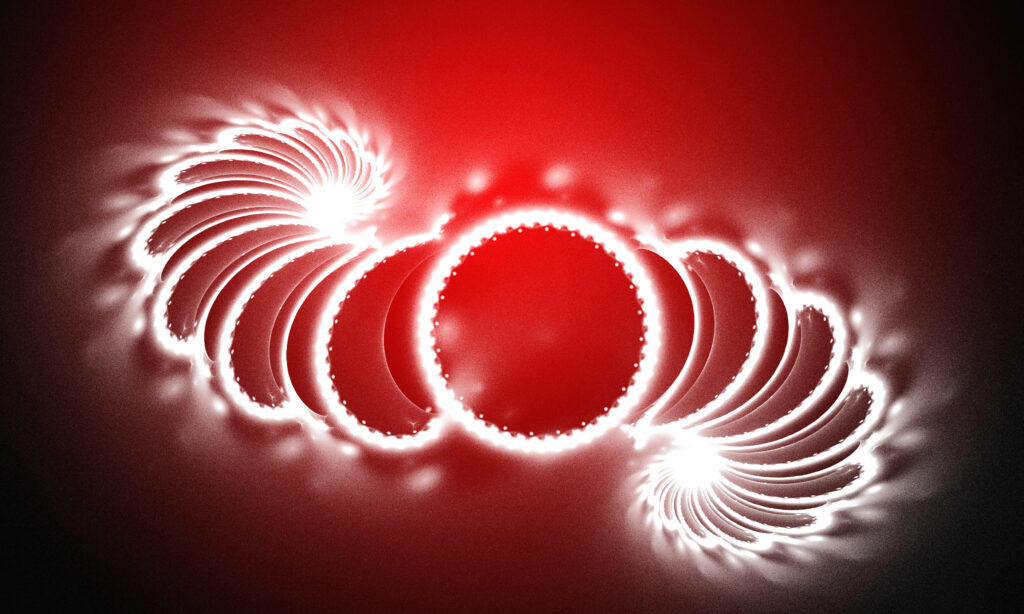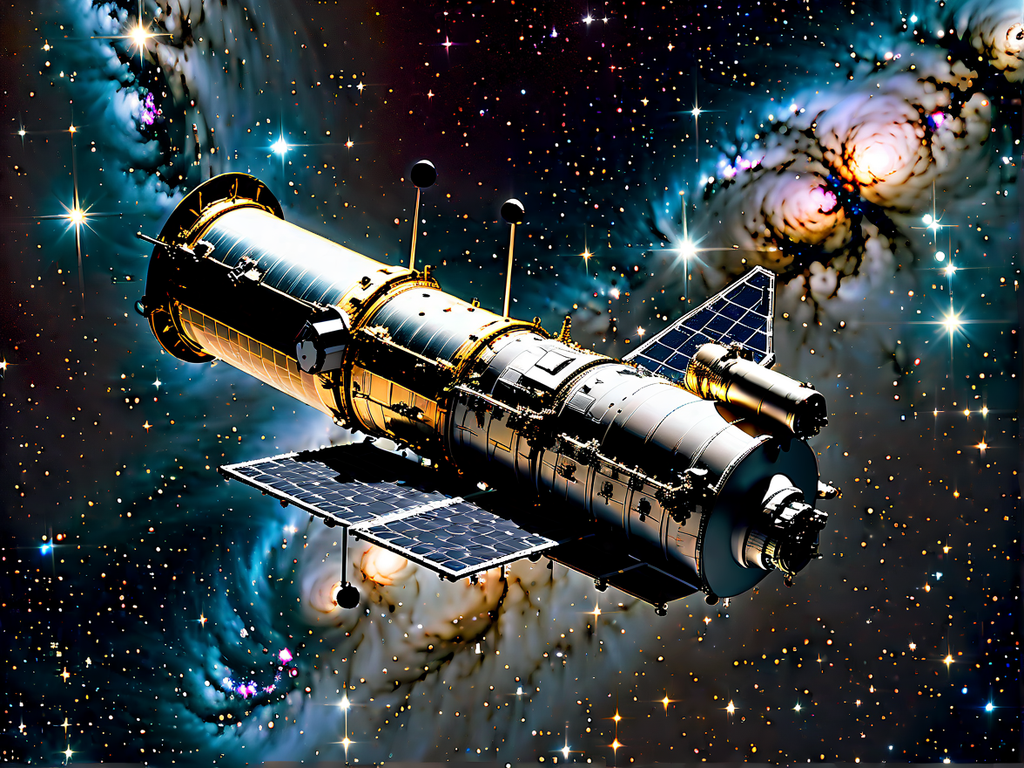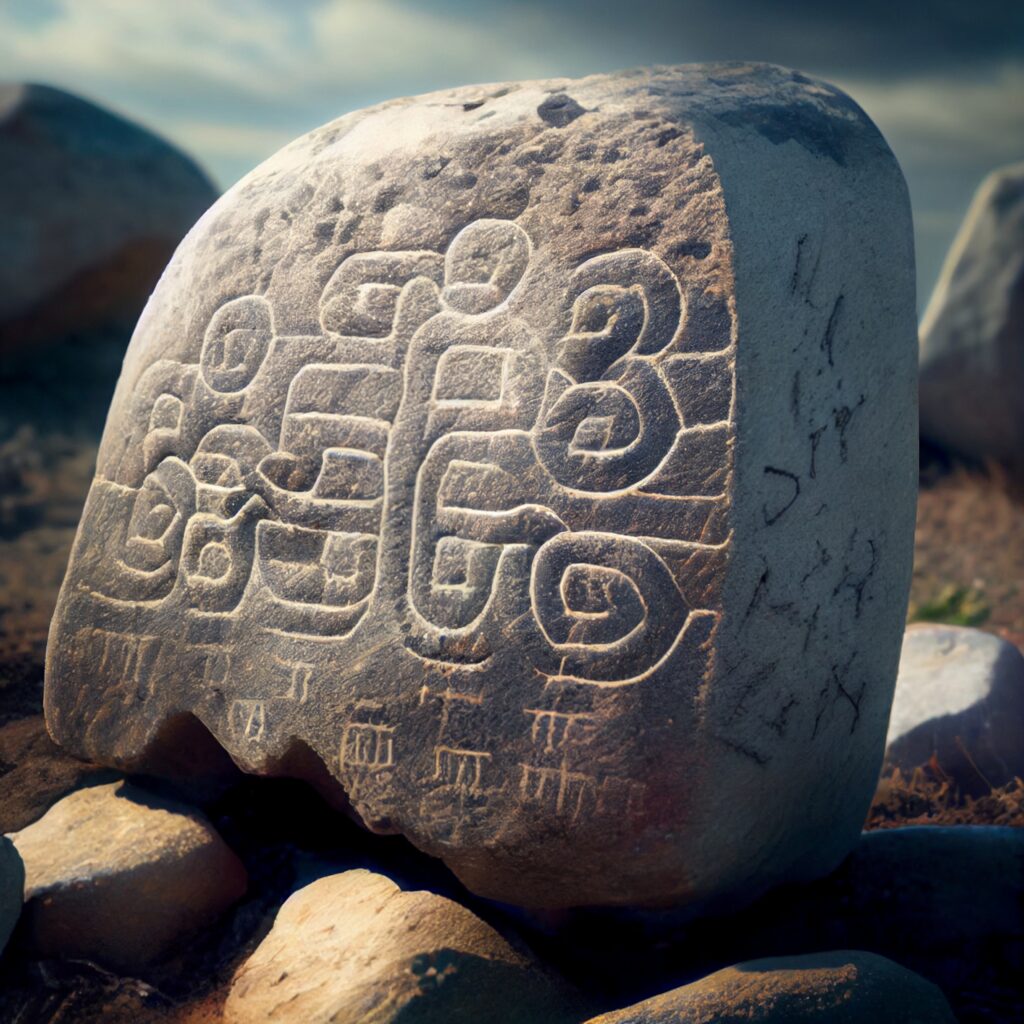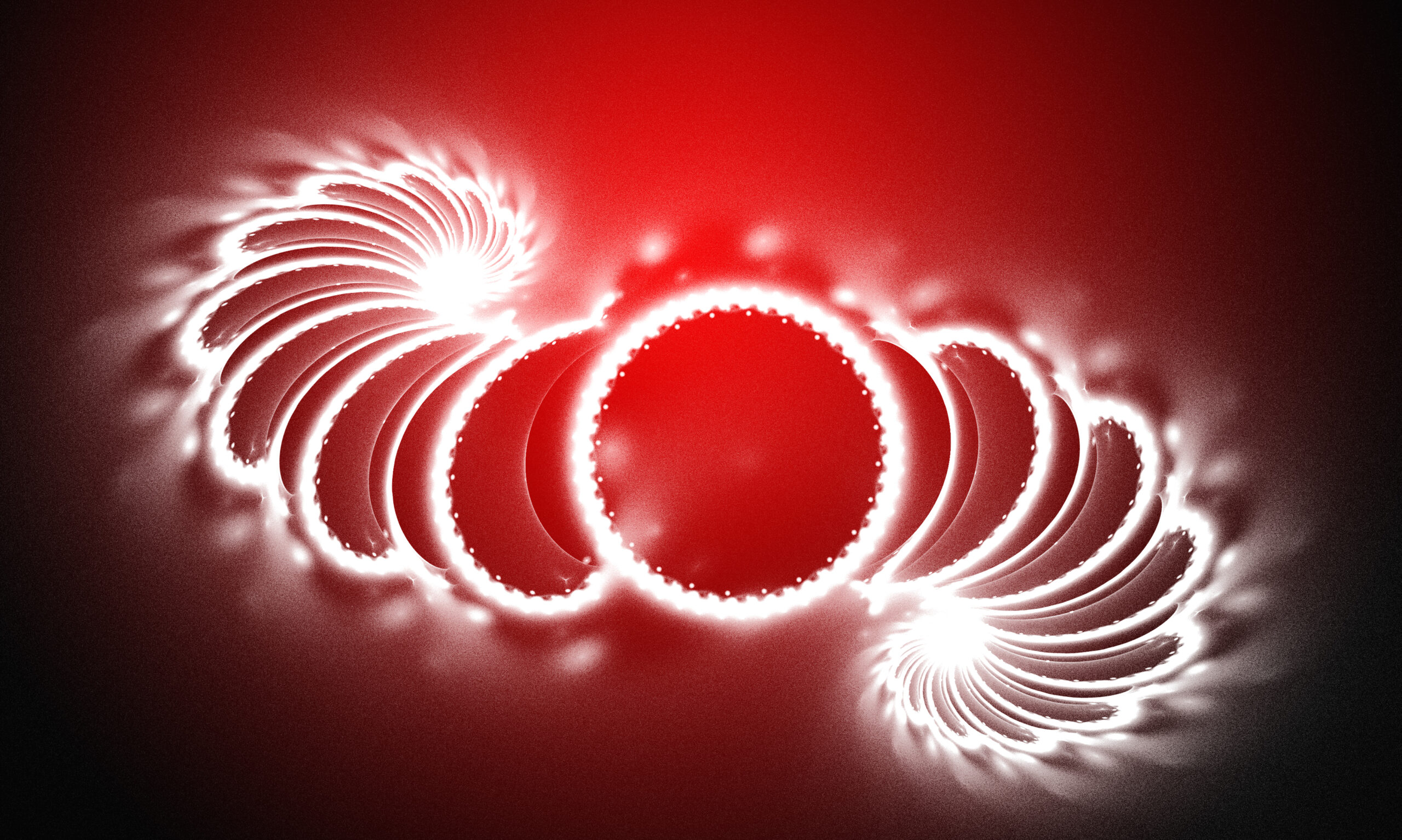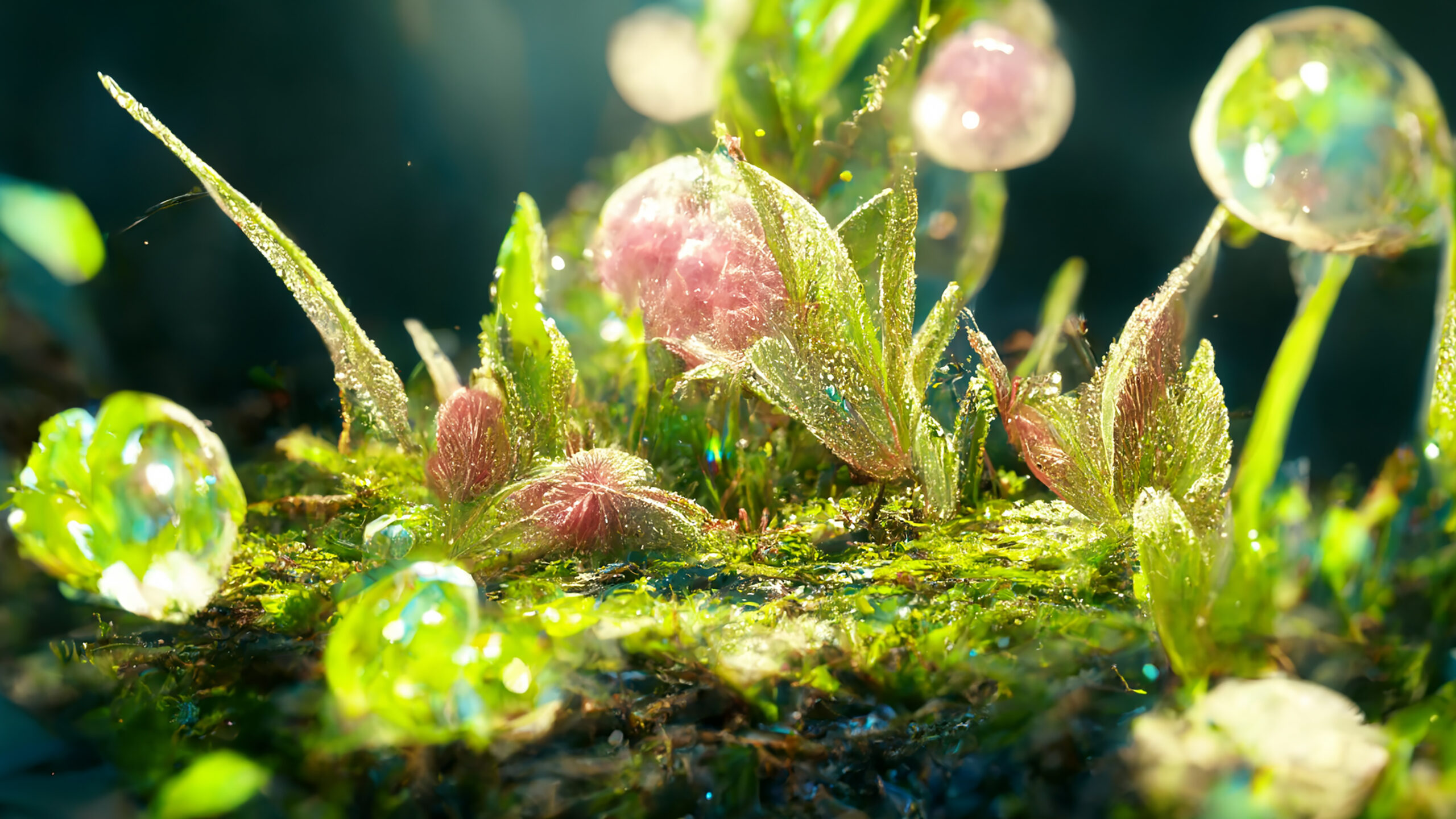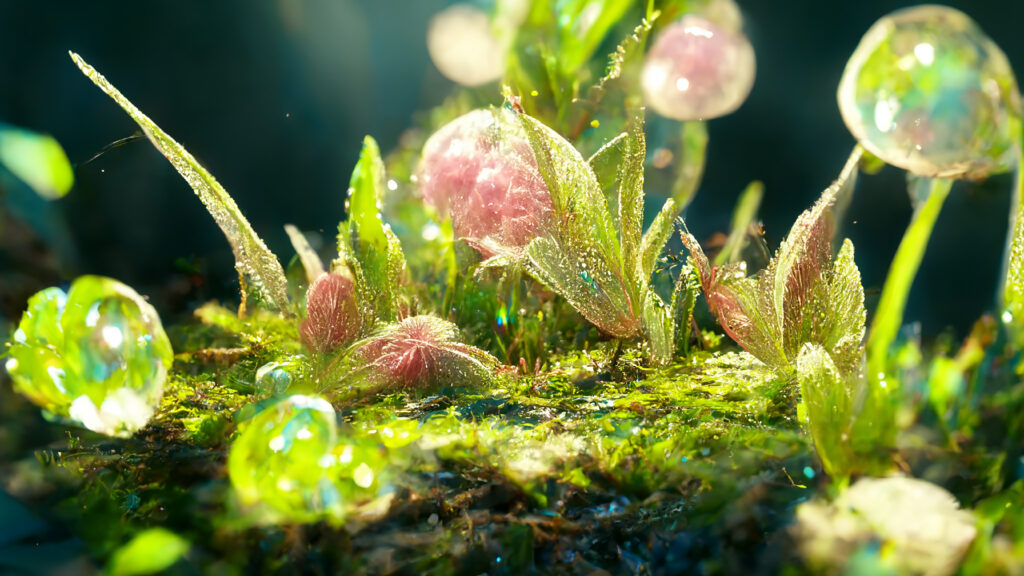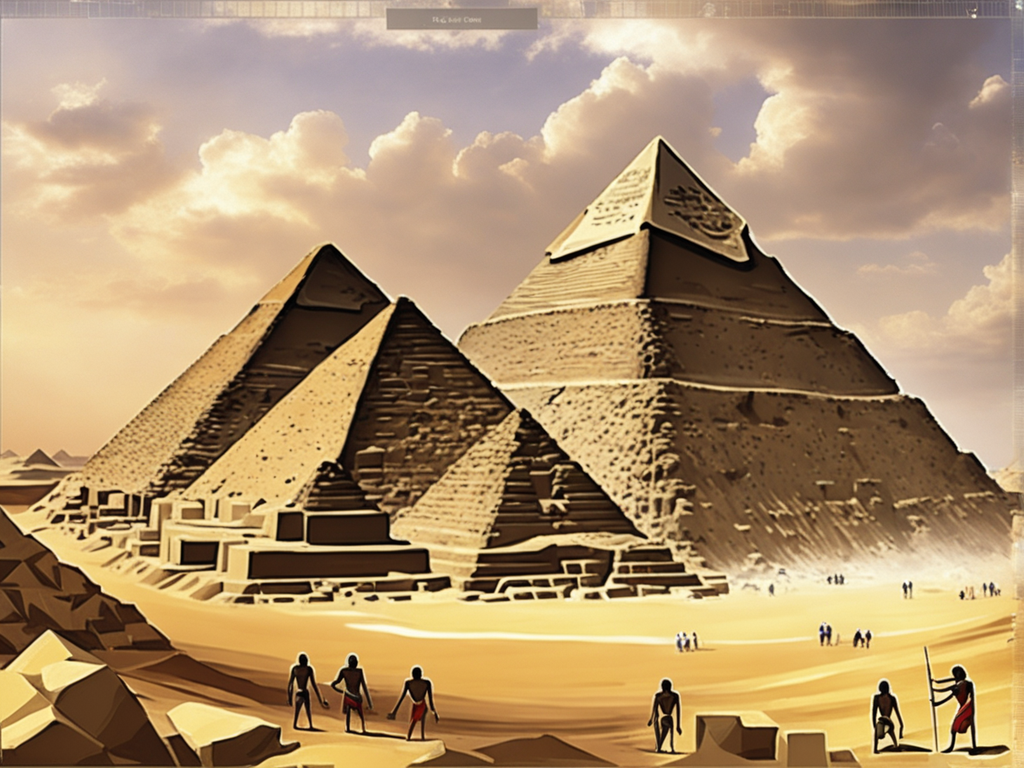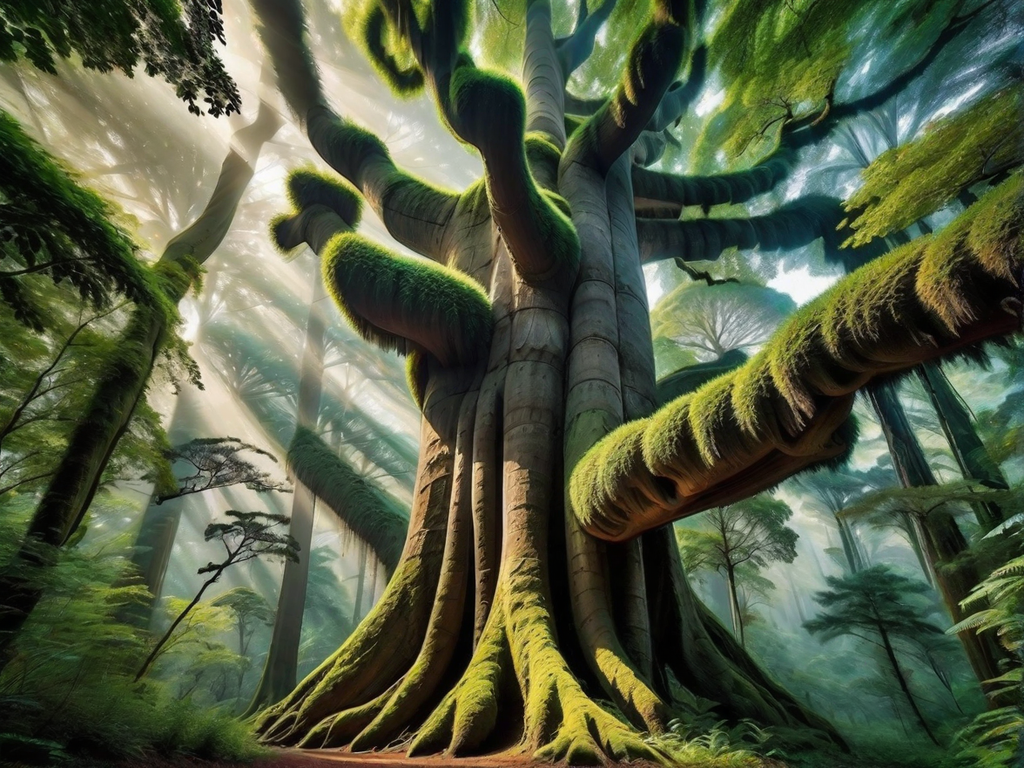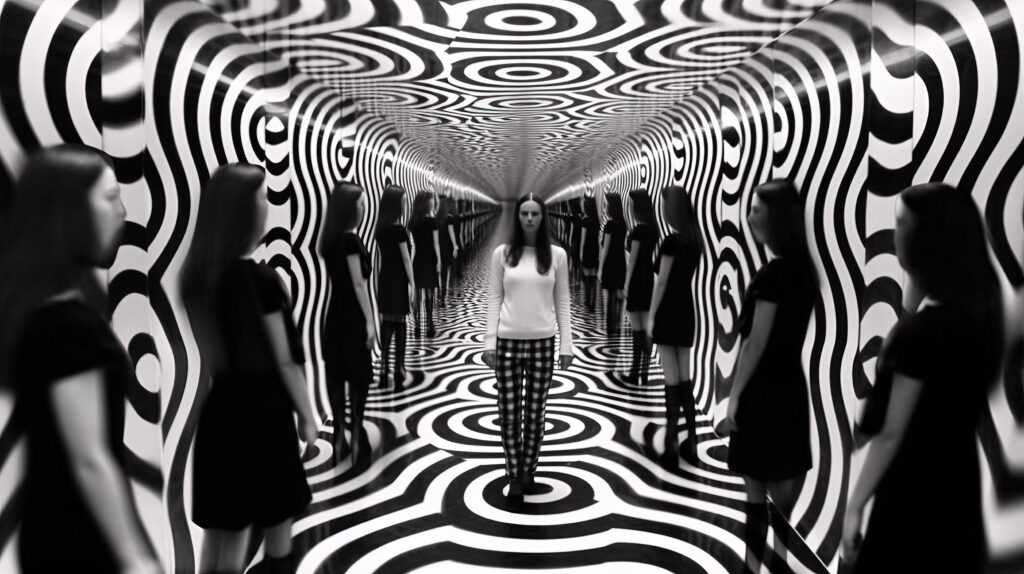Step out of your busy world and gaze up at the vast expanse of the night sky. Stargazing has a captivating allure, allowing us to marvel at the wonders of the universe and contemplate our place in it. Throughout the year, the cosmos presents us with a series of celestial events that are nothing short of breathtaking. From meteor showers to eclipses and planetary alignments, these cosmic phenomena offer a glimpse into the awe-inspiring grandeur of the universe.
If you’re a fan of stargazing or simply curious about the wonders of the night sky, you won’t want to miss the best celestial events of the year. From shooting stars to lunar spectacles, these events bring a touch of magic to our lives and remind us of the vastness of our universe.
The Perseid Meteor Shower
Get ready to witness a celestial spectacle like no other – the annual Perseid Meteor Shower. This mesmerizing event lights up the night sky with its brilliant shooting stars, captivating observers worldwide. Occurring in August, the Perseid Meteor Shower is renowned for its dazzling display and is a must-see for any stargazing enthusiast.
During the Perseid Meteor Shower, debris from the Swift-Tuttle comet enters Earth’s atmosphere, creating a breathtaking show of shooting stars. The meteor shower derives its name from the constellation Perseus, as the meteors appear to radiate from this point in the night sky.
To witness the Perseid Meteor Shower in all its glory, find a location away from light pollution and with a clear view of the sky. August’s warm summer nights make it the perfect time to venture outdoors and enjoy the celestial fireworks.
Mark your calendars, as the peak of the Perseid Meteor Shower typically occurs around mid-August. During this time, skywatchers may witness up to 100 meteors per hour streaking across the sky.
“The Perseid Meteor Shower is a breathtaking display of nature’s beauty, captivating us with its celestial fireworks. It’s an experience that reminds us of our place in the universe and ignites a sense of wonder and awe.”
So, whether you’re a seasoned astronomer or a casual stargazer, don’t miss the opportunity to witness the Perseid Meteor Shower. Gather your friends and family, spread out a blanket, and prepare to be amazed by the beauty of shooting stars lighting up the August night sky.
| Date | Peak Viewing Time | Location |
|---|---|---|
| August 11 | After midnight | Rural areas with low light pollution |
| August 12 | After midnight | Rural areas with low light pollution |
| August 13 | After midnight | Rural areas with low light pollution |
The Supermoons
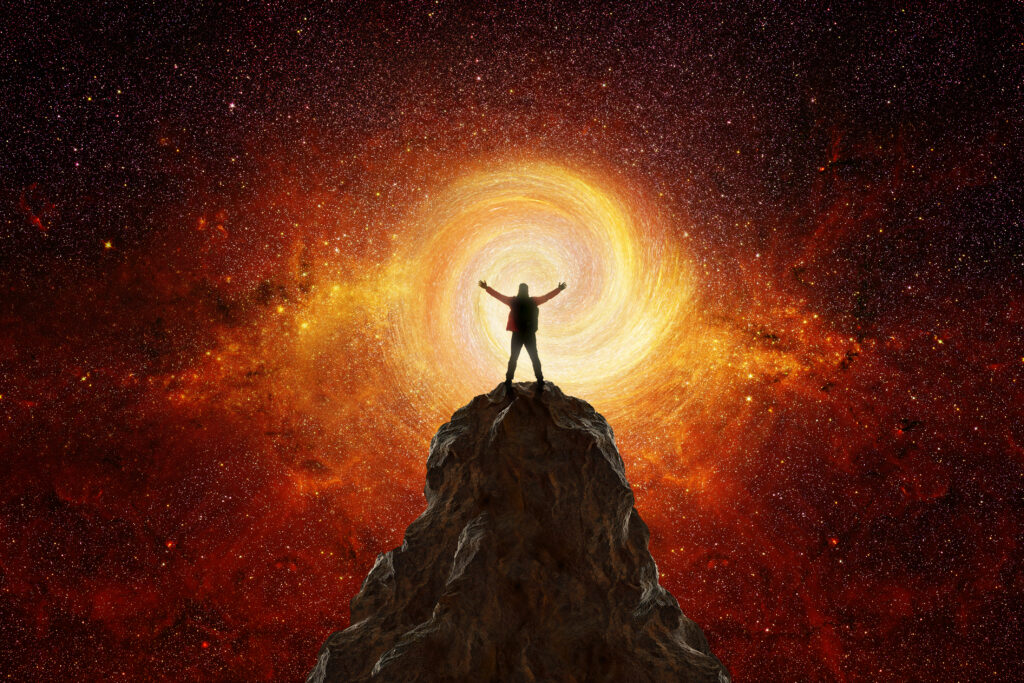
Experience the celestial phenomenon of supermoons, where the moon appears larger and brighter than usual, captivating skywatchers around the world. These remarkable lunar events occur when the moon reaches its closest point to Earth, known as lunar perigee, resulting in a visually stunning display of the largest full moon.
This year, prepare to be enthralled by not just one, but a series of supermoons. Check out the table below for the dates and details of these breathtaking lunar spectacles:
| Date | Supermoon Name |
|---|---|
| March 28, 2021 | Super Worm Moon |
| April 27, 2021 | Super Pink Moon |
| May 26, 2021 | Super Flower Blood Moon – Total Lunar Eclipse |
Mark your calendars for these celestial wonders and be prepared to witness the moon shining brilliantly in the night sky. Whether you’re an avid stargazer or simply appreciate the beauty of nature’s wonders, these supermoons are not to be missed. So grab your telescope, binoculars, or simply step outside and marvel at the magnificence of the largest full moon.
The Annular Solar Eclipse
Prepare to be mesmerized by the extraordinary phenomenon of the annular solar eclipse. During this rare astronomical event, the moon aligns perfectly with the sun, creating a captivating display of celestial splendor.
Unlike a total solar eclipse, where the moon completely covers the sun, the annular solar eclipse forms a mesmerizing “ring of fire”. As the moon passes in front of the sun, a luminous ring of sunlight surrounds the darkened moon, casting an otherworldly glow upon the sky.
If you are fortunate enough to witness an annular solar eclipse, it is crucial to take the necessary precautions to protect your eyes. Looking directly at the sun during an eclipse can cause severe damage to your vision. To ensure a safe and unforgettable experience, use certified solar viewing glasses or solar filters to observe the event.
“The annular solar eclipse offers a unique chance to witness the remarkable dance between the sun and the moon. It’s a rare and awe-inspiring spectacle that reminds us of the vastness and beauty of the cosmos.”
To help you plan your celestial adventure, here are the upcoming annular solar eclipses:
| Date | Location | Duration |
|---|---|---|
| June 10, 2021 | Northern Canada, Greenland, and Russia | 3 minutes and 51 seconds |
| October 14, 2023 | South Pacific, Chile, and Argentina | 4 minutes and 12 seconds |
| February 27, 2027 | Southern tip of South America and Antarctica | 5 minutes and 27 seconds |
Mark your calendars and start planning your adventure to witness this extraordinary celestial event. Experience the magic of the annular solar eclipse and behold the mesmerizing “ring of fire” as the moon and sun engage in their cosmic dance.
The Geminid Meteor Shower
Dive into the magical Geminid Meteor Shower, known for its abundance of bright and colorful meteors streaking across the sky in December. This celestial spectacle is a must-see for astronomy enthusiasts and stargazers alike.
The Geminid Meteor Shower occurs annually when the Earth passes through a stream of debris left behind by the asteroid 3200 Phaethon. These meteors, or “shooting stars,” radiate from the constellation Gemini, giving the shower its name.
The Geminids are particularly special because they are known for their vivid colors, slower speeds, and long-lasting trails. This makes them easy to spot and appreciate, even for those new to stargazing.
The shower reaches its peak in mid-December, with the most meteors visible during the darkest hours of the night. Moonlight interference is minimal this year, making it an excellent opportunity to witness this celestial phenomenon in all its glory.
To maximize your chances of catching the Geminid Meteor Shower, find a location away from city lights with a clear view of the night sky. Bundle up, bring some snacks and hot drinks, and settle in for a night of wonder and awe as meteors illuminate the heavens above.
Key Takeaways:
- The Geminid Meteor Shower occurs annually in December.
- It is known for its abundance of bright, colorful meteors.
- The shower reaches its peak in mid-December, with minimal moonlight interference this year.
- Find a location away from city lights for the best viewing experience.
| Event | Date | Peak Time |
|---|---|---|
| Geminid Meteor Shower | December 13-14, 2021 | From midnight to predawn hours |
The Great Conjunction of Jupiter and Saturn
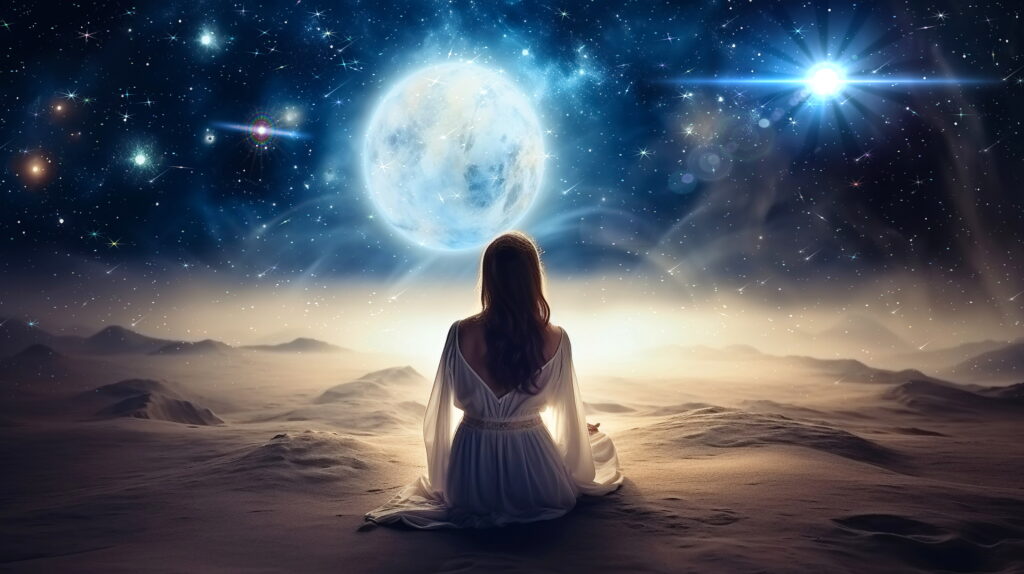
Prepare for an astronomical spectacle as Jupiter and Saturn align in a rare event known as the Great Conjunction. This planetary alignment occurs when the two largest planets in our solar system appear remarkably close together in the night sky. It is a breathtaking phenomenon that captures the imagination of stargazers and astronomers alike.
Jupiter, with its mesmerizing bands of clouds and iconic red spot, and Saturn, adorned with its majestic rings, are two of the most fascinating and recognizable celestial bodies in our solar system. When these mighty planets align, it creates a celestial show that is truly awe-inspiring.
To witness this extraordinary event, it is essential to be in the right place at the right time. The Great Conjunction of Jupiter and Saturn will occur on December 21, 2020, a date that stargazers around the world eagerly anticipate. It is the closest these two planets have come in centuries, making it an event not to be missed.
The best way to observe the Great Conjunction is to find a location with a clear view of the southwestern sky just after sunset. Look for Jupiter and Saturn, which will appear as bright star-like objects getting progressively closer to each other over several days. As they reach their closest point, they will resemble a single, brilliant celestial body.
The Great Conjunction of Jupiter and Saturn is a once-in-a-lifetime celestial event that offers a chance to witness the beauty and grandeur of our solar system. Don’t miss this opportunity to marvel at the wonders of the universe.
Upcoming Great Conjunctions of Jupiter and Saturn
| Date | Next Great Conjunction |
|---|---|
| December 21, 2020 | November 2, 2040 |
| March 15, 2080 | February 25, 2100 |
As seen in the table above, the Great Conjunction of Jupiter and Saturn occurs approximately every 20 years. However, the proximity of the planets varies from conjunction to conjunction, making each event unique. The upcoming Great Conjunction on December 21, 2020, is expected to be particularly special, offering an incredible opportunity to witness this celestial phenomenon.
Mark your calendar, find the perfect viewing spot, and prepare to be amazed by the Great Conjunction of Jupiter and Saturn. It is a celestial rendezvous that reminds us of the vastness and beauty of our universe.
The Blood Moon Lunar Eclipse
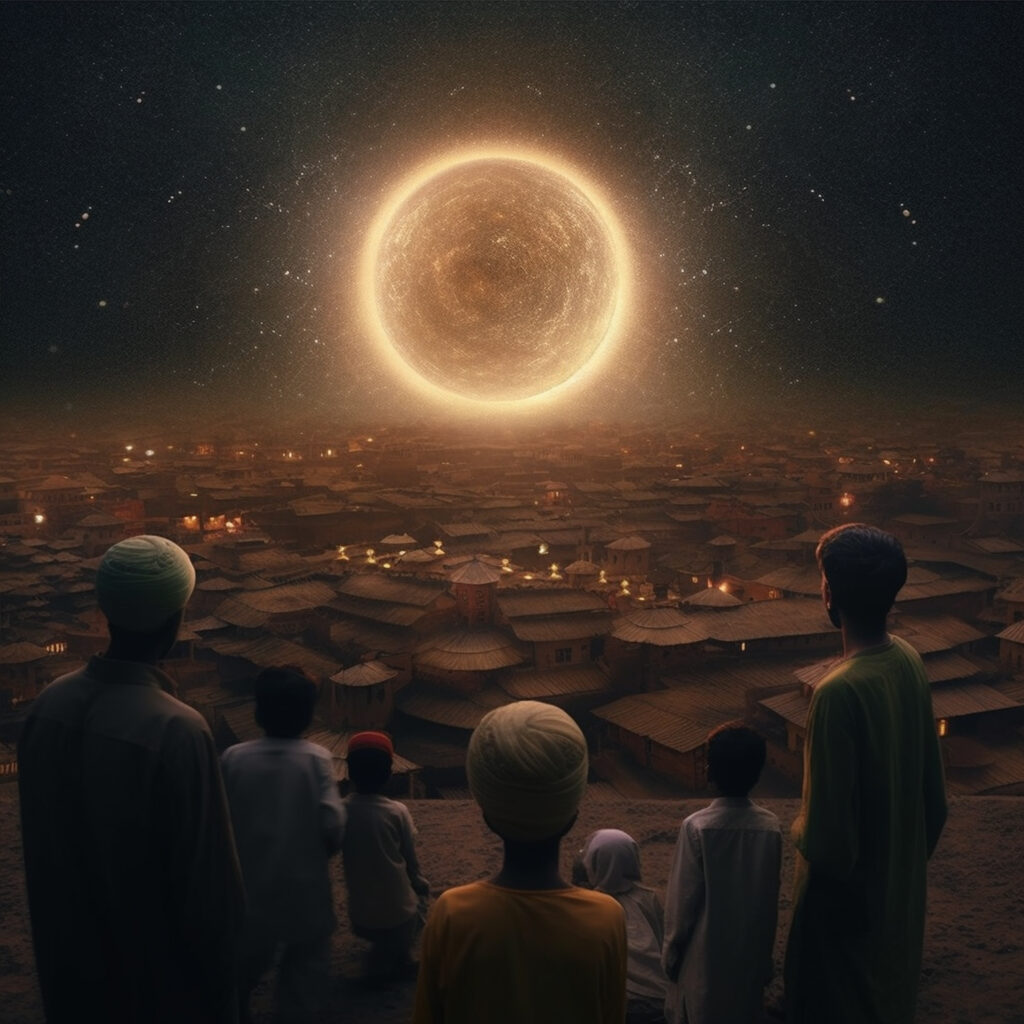
Immerse yourself in the captivating beauty of a Blood Moon Lunar Eclipse, a celestial phenomenon characterized by a reddish hue as the moon passes through the Earth’s shadow. This rare event occurs during a total lunar eclipse, when the Earth aligns perfectly between the Sun and the Moon, casting a shadow on the lunar surface.
A lunar tetrad refers to a series of four lunar eclipses that occur in close succession, with no partial eclipses in between. During a lunar tetrad, each consecutive eclipse is separated by six lunar months. These extraordinary occurrences are a sight to behold and have captured the fascination of sky-watchers and astronomers throughout history.
The upcoming Blood Moon Lunar Eclipse is an event you won’t want to miss. Mark your calendars for [Date] when the Moon will be completely enveloped by Earth’s shadow, turning it a striking shade of red. This natural phenomenon creates a sense of wonder and awe, reminding us of the vastness and beauty of our universe.
“The Blood Moon Lunar Eclipse is truly a celestial spectacle. As the Moon takes on a deep red color, it evokes a sense of mystery and enchantment.”
To fully experience the Blood Moon Lunar Eclipse, find a location with clear skies and minimal light pollution. Set up your telescope or simply step outside to witness this extraordinary event. Don’t forget to bring a camera to capture this mesmerizing display and share it with your friends and family.
The Quadrantid Meteor Shower
Experience the wonder of the Quadrantid Meteor Shower, an annual celestial event that illuminates the night sky with its dazzling display of shooting stars. Taking place in January, this meteor shower is known for its brief but intense bursts of meteors, offering a truly mesmerizing spectacle for stargazers.
The Quadrantid Meteor Shower occurs when the Earth’s orbit intersects with the debris left behind by the asteroid 2003 EH1, believed to be a piece of a comet broken apart by Jupiter’s gravitational pull. As our planet passes through this meteoroid debris, the fragments burn up in our atmosphere, creating bright streaks of light that streak across the sky.
To witness the Quadrantid Meteor Shower at its best, it’s important to find a location away from city lights that can interrupt visibility. Look for a spot with an unobstructed view of the sky and clear weather conditions for optimal viewing. The peak activity of the Quadrantid Meteor Shower typically occurs during the early hours of the morning and can deliver an impressive rate of up to 120 meteors per hour. Keep in mind that this meteor shower has a narrow peak, lasting only a few hours, so timing is crucial to witness this celestial spectacle.
Mark your calendars and prepare for a breathtaking experience that will ignite your imagination and leave you in awe as you witness the beauty of the Quadrantid Meteor Shower in all its glory.
| Date | Peak Activity Time | Rate of Meteors |
|---|---|---|
| January 3-4 | Pre-dawn hours | Up to 120 meteors per hour |
The Eta Aquarid Meteor Shower
Prepare to be mesmerized by the breathtaking Eta Aquarid Meteor Shower, an annual celestial event that showcases nature’s cosmic fireworks. This captivating meteor shower is a result of the debris left behind by the legendary Halley’s Comet.
Every year, in the month of May, Earth passes through the trail of debris left by Halley’s Comet as it orbits the Sun. As these tiny particles enter our planet’s atmosphere, they ignite, creating stunning streaks of light across the night sky. The Eta Aquarid Meteor Shower is known for its fast and bright meteors, with some even leaving glowing trails that linger for a few seconds.
To witness this celestial spectacle, find a location away from city lights, where the dark night sky can fully reveal the beauty of the meteors. The best time to observe the Eta Aquarid Meteor Shower is in the pre-dawn hours, as the radiant point, in the constellation Aquarius, rises higher in the sky.
Although the Eta Aquarids typically peak around May 5th and 6th, it’s advisable to keep an eye out for meteors a few days before and after the peak dates. This will increase your chances of witnessing a higher number of meteors streaking across the sky.
So mark your calendars for May, and don’t miss the opportunity to experience the awe-inspiring Eta Aquarid Meteor Shower. It’s a cosmic spectacle that reminds us of the grandeur of our universe and the wonders that unfold above us.
The Lunar Events: Blue Moon and Harvest Moon
Experience the awe-inspiring lunar events of the Blue Moon and Harvest Moon, two celestial phenomena that captivate skywatchers and inspire wonder. The Blue Moon is a rare occurrence where two full moons illuminate the night sky in a single calendar month. This magical event is steeped in symbolism and folklore, often associated with transformation, renewal, and the power of intention.
The Harvest Moon, on the other hand, is the full moon that falls closest to the autumnal equinox. As the warm glow of the Harvest Moon bathes the Earth, it holds great significance in agricultural traditions and harvest celebrations. Farmers and nature enthusiasts alike embrace this moon’s luminous presence, as it provides additional moonlight during the autumn nights, facilitating late-night harvesting.
Both the Blue Moon and Harvest Moon offer an opportunity to connect with the rhythms of nature and marvel at the celestial wonders above us. Whether you choose to gather with loved ones, participate in ancient rituals, or simply take a moment of quiet reflection, these lunar events provide a chance to bask in the ethereal beauty of the night sky and appreciate the interconnectedness of the universe.


